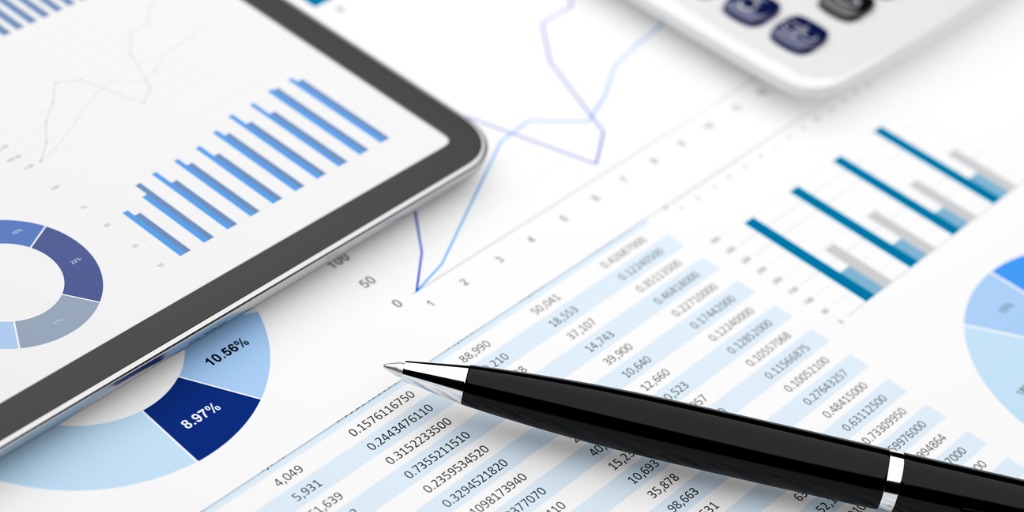How to Identify and Manage Problem Loans
With many economies bracing for downturn and a higher interest rate environment, a sharp spike in default rates is a likely prospect. What steps should banks and other lenders take to manage this?
All lenders provide credit facilities in the belief that their customers will meet repayment obligations in full and on time. The reality, however, is that a certain proportion will default and ultimately trigger credit losses. Credit losses are therefore seen by banks as a cost of doing business, just like other costs. And while these costs are less predictable, adverse market conditions will inevitably force these upward.

Stages in the Business Cycle
And so the rate of credit default is very much influenced by the business cycle, which alternates around four phases.
The initial or expansionary phase is the phase following a recession. Economic growth switches to positive and accelerates. Central banks ensure looser monetary policies that create better conditions for banks to issue credit. Industrial production increases, inventories are low, and company turnover, margins, and profits grow.
In the intermediate phase, growth slows down but remains healthy. This is generally the longest phase of the cycle. Economic activity is strong with good credit availability as a result of previous expansionary monetary policy, which now moves to neutral.
We now move to the advanced phase of the cycle, which is currently being played out in many economies. Activity has slowed, but what is remarkable about the current cycle is rampant inflation. This has led to highly restrictive monetary policy and major interest rate hikes. The final phase in the business cycle – recession – seems imminent.

Determining Credit Risk Appetite
For lenders, current conditions are fraught. Indications of distress among borrowers will already be apparent. For the lender, these indicators and prospects need to be set against its credit risk appetite at a customer, product, and industry-specific level.
A lender’s credit risk appetite is implemented daily through credit decisions made at customer and transaction level having regard to the particular stage in the business cycle.
Once credit facilities are approved, customer performance and risks must be monitored regularly to determine whether credit risk appetite measures are breached or may be at risk of being breached. This becomes decidedly more common in a recessionary phase.
Credit risk deterioration is normally signaled through falling sales and profitability that increase the risk of default. In this case, the bank’s internal credit rating for that counterparty needs to be adjusted downward with potential knock-on effects on credit limits. Recessions put pressure on cash flows: delayed payments by creditors to a borrower can lead to cash flow difficulties, which in turn may result in missed repayments or credit limit excesses. Meanwhile, a fall in property prices may lead to maximum loan-to-value (LTV) limits being exceeded.

Quantifying Credit Losses
In these conditions, credit losses can be expected to increase. In quantifying expected loss (EL), three inputs are vital:
1. Probability of default (PD) relates to the possibility that a borrower will enter into a default state.
2. Exposure at default (EAD) measures how much money is at risk in the event of default.
3. Loss given default (LGD) is the expected loss on default net of any recoverable amounts.
The objective of problem credit management is to minimize potential losses as far as possible and the tactics used to achieve this depend on the categorization of the loan or facility.
Customers with outstanding credit facilities can be classified as either “performing” (customers that are meeting expectations and showing no early warning signs) or “non-performing” (customers that are showing some early warning signs or experiencing difficulties). A bank’s portfolio of performing customers is often referred to as the “Good Book,” while that of non-performing customers is often referred to as the “Bad Book.”

Categorizing Problem Credits
When it comes to problem credit management, however, these two categories are too broad. Instead, the loan portfolio can be viewed on a more graduated basis according to probability of default. While the terminology can vary from bank to bank, the characteristics of each stage will be broadly similar, as will the approaches to managing and accounting for customers that fall into each category.
For regulatory reporting purposes, terms/classifications such as the following are used – performing, special mention, substandard, doubtful, and loss. Internally, typical classifications might be: performing, potential problem, problem (early stage), problem (late stage), non-performing, and write-off.
Guidance from the European Banking Authority (EBA) on loan origination and monitoring identifies five data clusters that can provide early indicators of default:
- Financial data related to the borrower’s financial position, including any deterioration.
- Behavioral data related to the expected payment behavior of the borrower.
- Covenant data capturing the borrower’s compliance to covenants, including expected covenant breaches.
- Macro-economic data likely to affect the borrower’s repayment capacity.
- News data that may affect the borrower’s financial position.
Ultimately, minimizing EL requires early identification of potential problem customers – preferably ahead of other lenders – and proactive account management where the customer is contacted at an early stage and revised account strategies and remediation plans are agreed (and subsequently monitored). Input from staff independent of the relationship manager (RM), or management by an independent recovery team, is generally needed to ensure that appropriate action is taken sooner rather than later, thus helping to minimize EL.


